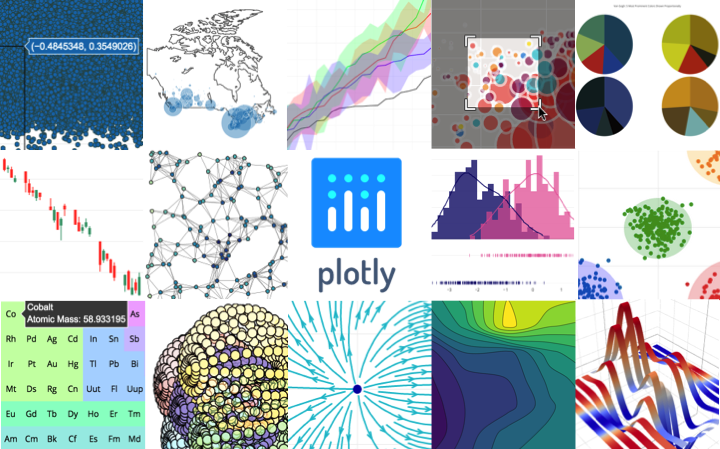libmaths
libmaths was created not only as a learning experience for me, but as a way to make mathematical models in seconds for Python users using math in their code. With pre-programmed mathematical functions ranging from linear to sextic and more, graphing in your code will be a breeze.
Quick Demo
Installation
The package is available on PyPI. Install with:
pip install libmaths
or
pip3 install libmaths
libmaths only supports Python 3.8 and above, so please make sure you are on the newest version.
General Usage
There are many functions, but here is one example:
from libmaths import polynomial
After that, graphing a quadratic function is as simple as:
polynomial.quadratic(2, 4, 6)
If you need more assistance, examples are provided here.
General Information
libmaths was created by me, a 14-year old high schooler at Lynbrook High School 3 days ago on 2/20/2021. libmaths exists to help reduce the incapability to make quick and accurate models in Python within seconds. With a limited usage of external libraries and access to a multitude of functions, libmaths' variety is one of the many things that makes it unique. With the creation of this library, I hope to bring simplicity and accuracy together.
Documentation
I am currently working on getting the documentation out to a website. It will be added upon completion.
Mathematical Functions
The mathematical functions provided in libmaths are listed below:
-
Graphable Functions
- Linear
- Slope Intercept Form
- Point Slope Form
- Constant
- Polynomial
- Standard Quadratic
- Vertex Form Quadratic
- Cubic
- Quartic
- Quintic
- Sextic
- Trigonometry
- Sine
- Cosine
- Tangent
- Linear
-
Visualizeable Functions
- Constant Graph
- ReLU
- Sigmoid
- Constant Graph
-
Others
- Output / Graphable Functions
- Logarithmic
- Absolute Value
- Sigmoid -> Int Output
- Relu -> Int Output
- isPrime
- isSquare
- Divisor
- Output / Graphable Functions
Public References
r/Python : r/Python Post
Future Plans
In the future, I plan on adding several different complex functions.
Contributing
First, install the required libraries:
pip install -r requirements.txt
Please remember that I am a high school student with less than half a year of experience in Python programming. I already know you can do better than me! If you have any issues, suggestions, or requests, please feel free to contact me by opening an issue or on my linkedin which can be found in my profile page.
Thanks for contributing!
Resources
Over the three days spent in creating this library, I used plenty of resources which can be found in my code. You will see links under many of my functions which you can read about the concepts in.
Feedback, comments, or questions
If you have any feedback or something you would like to tell me, please do not hesitate to share! Feel free to comment here on github or reach out to me through [email protected]!
©Vinay Venkatesh 2021







